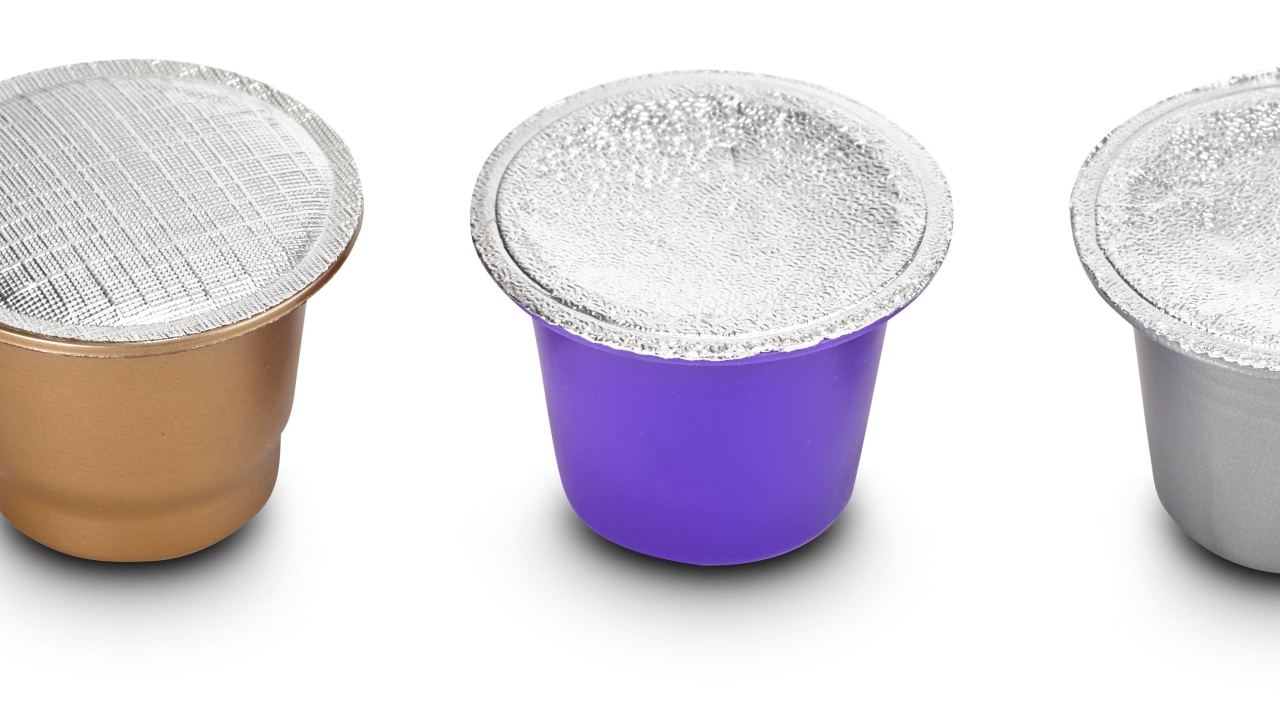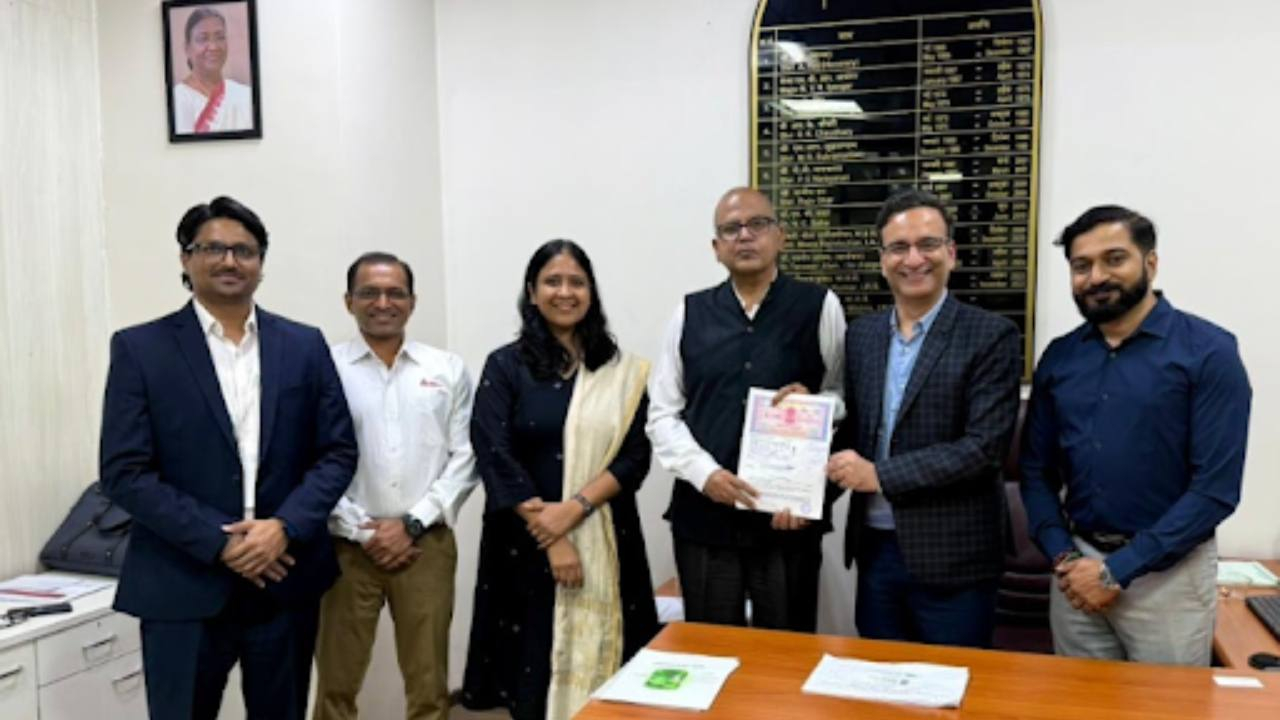The challenge of packaging coffee

Coffee is one of the most widely traded commodities in the world. Its markets and ways of consumption have rapidly changed in the last five to six years – moving away from filter coffee to individual portions and capsule systems. This has been driven by the need for convenience and the growing number of single-person households, as well as storage. Furthermore, it has become noticeable that there is a move towards smaller brands, higher quality products and ‘extraordinary’ labels.
With 2.5 billion cups of coffee consumed each day around the globe, selection of the correct packaging option is important.
‘To enjoy a good cup of coffee the packaging needs to be the right one,’ says Baumgartner. ‘Producing packaging for coffee is a challenging task.
‘Barrier properties need to be very good for coffee products, and that applies to coffee beans as well as to ground coffee to protect them from moisture or heat. But the packaging should look and feel good too, in order to guarantee a delightful experience for all senses.’
To achieve this, Constantia Flexibles has developed a special printing technology for adding touch and feel characteristics to packaging.
Its wider portfolio of flexible packaging for coffee applications ranges from soft packs and single portion packs, to hard vacuum packs.
Soft packs are packed in flexible laminates fully printable, with gloss properties. The same laminates are suitable to be used for coffee, coffee pods, instant coffee or coffee beans. Gusseted pouches have barrier properties provided by an aluminum layer, and feature an opaque, matte lacquer to provide a natural finish. In addition, it offers an easy-peel feature incorporated in the sealant layer. Mostly all soft packs are made of PET and PE.
Single portion packs offer the same characteristics as soft packs with an additional focus on usability. Constantia’s capsules can be embossed with any design and provide a level of sealability that is guaranteed during handling and extraction in the coffee machine. Sachets use laser scoring for easy opening.
Constantia Flexibles also offers coffee capsule systems that are made entirely with an aluminum lid and body. This makes them fully recyclable and offers barrier and aroma protection for full flavor coffee.
Hard vacuum packs, such as its triplex laminate, are designed for packaging under vacuum of ground coffee or soluble coffee. The packaging can be sealed even in presence of contaminants, and provide high resistance to abuse during handling or transport.
Further, Constantia CompresSeal is a film laminate with a micro-embossed sealing layer. It is described as a more sustainable and efficient option that reduces the weight of PE and PP-sealants by up to 30 percent. Thickness and barrier properties remain the same.
A customized shaped pouch is also available as an alternative for rigid packaging for liquid coffee and other beverages.
Constantia Flexibles presents its range of flexible packaging for the coffee and food industry at Host 2017, an international hospitality exhibition, running October 20-24 in Milan, Italy.
Stay up to date
Subscribe to the free Label News newsletter and receive the latest content every week. We'll never share your email address.

